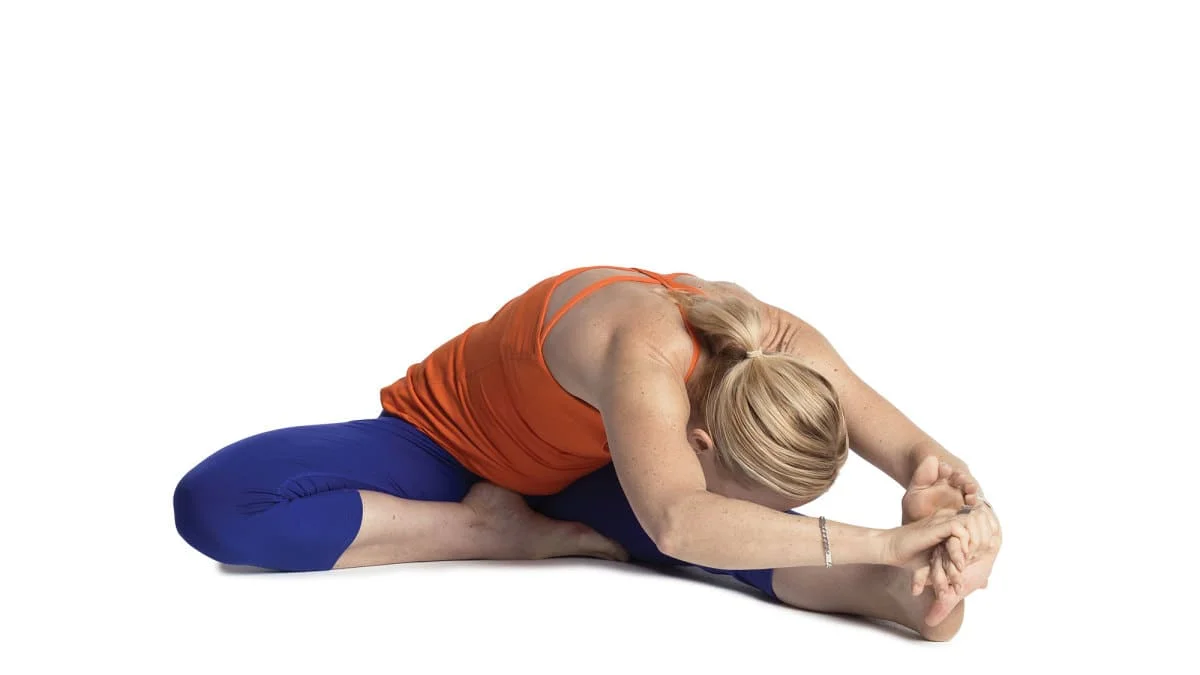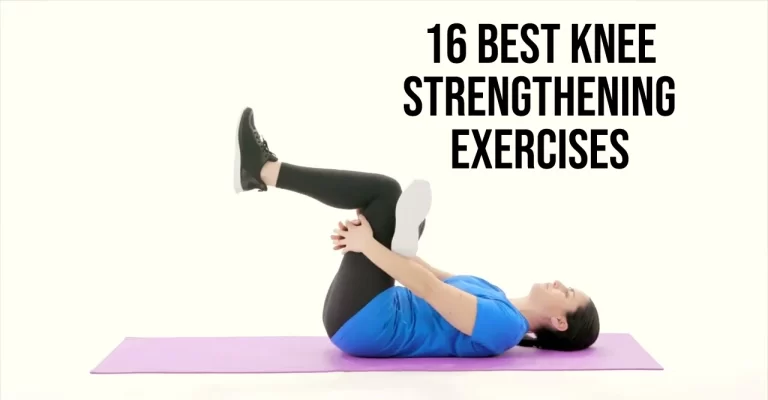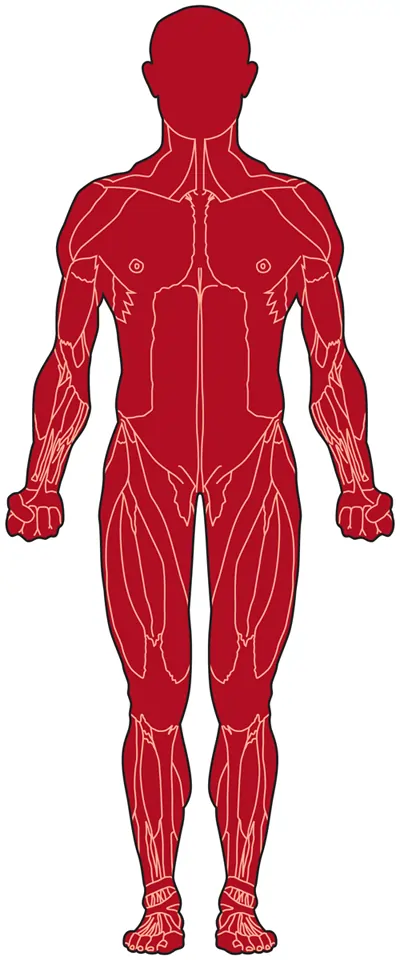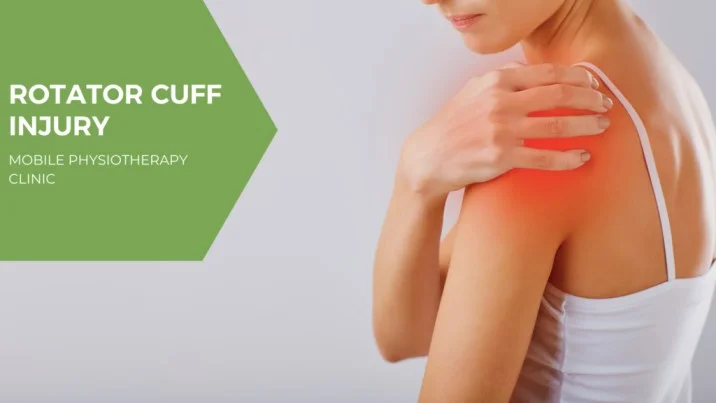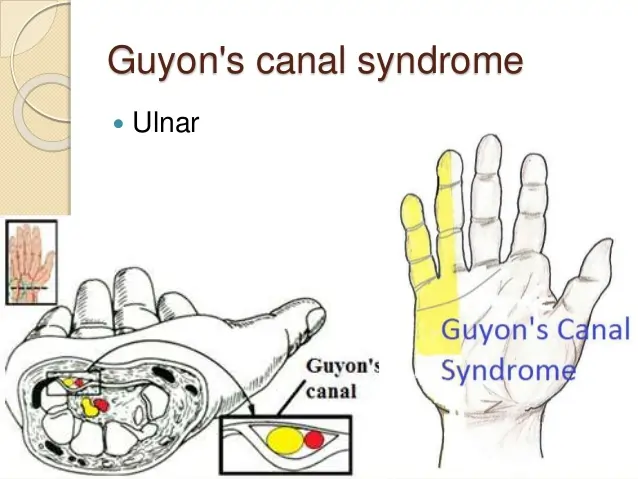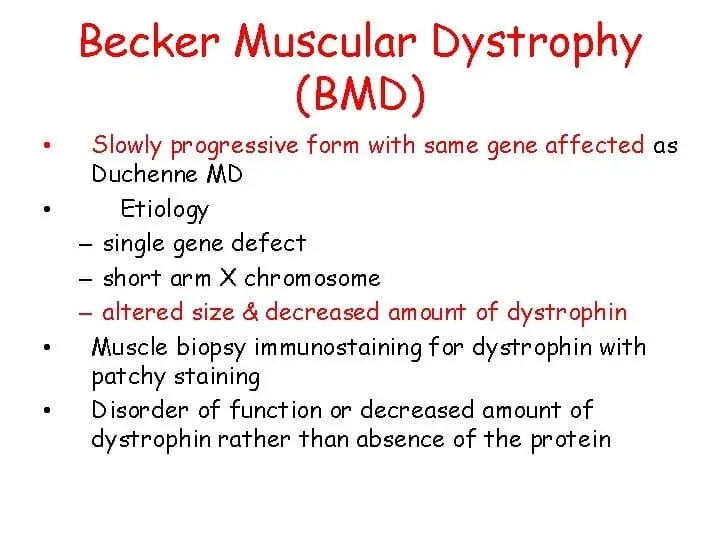Janu Sirsasana
Janu sirsasana is a series of asymmetrical seated forward bends. From Sanskrit, janu means “knee,” sirsa means “head” and asana means “pose.” The intention of the pose is to fold the body so that the head moves closer to the knee. In the full expression of the posture, though, once the hamstrings and back of the body are open enough, the head will actually move beyond the knee and to the shin.
Table of Contents
Janusirsasana steps:
Sit straight with the legs stretched out in front of the body, keeping the feet together.
Bend the left knee and bring the left heel close to your groin as much as you can comfortably. Place the sole of the left foot to the inside of right leg’s inner thigh.
Keep the left knee on the floor. Place the palm of your hands on the top of the right knee.
Inhale and using your pelvic muscles, slowly bend the torso in the forward direction sliding your hands towards the right foot.
Try to get a hold of right foot if possible, else keep your hands as far as you can comfortably. Ideally, hands are locked behind the sole of the right foot, grabbing the left wrist with a right hand. It takes time to be able to bend to that extent.
Move your head towards your right leg, if possible touch your knee with your forehead.
Keep the back relaxed and don’t overstretch the body.
Retain the final position for a few seconds or as long as you feel comfortable, breathing normally.
To return, inhale and lift the head, release the hands and bring them back in upright position.
Take 3 long and deep breaths. Practice again by interchanging the position of the legs.
Practice 2-6 times by changing the position of legs each time.
Janusirsasana Video:
Health Benefits of Janusirsasana:
Strengthening and Stretching:-
This pose with it’s forward bend at the hips and reaching for the knee or beyond with the forehead, brings about a great stretch to the shoulders, spine, hamstrings, neck, abdominal muscles and groins. The stretching of these muscles helps in strengthening them and eventually improving the flexibility too.
Stimulates the various organs of the body:-
Placing pressure at the soles with the hands, this form of pressure applied to the various points on the soles of the feet is considered as an acupressure therapy, which further stimulates the various organs of the body. The liver, pancreas, kidney, uterus, stomach and spleen get stimulated with this kind of pressure.
Improves digestion:-
As the lower abdomen is pressed towards the thighs to reach for the knee or beyond with the forehead, this pressure at the abdomen stimulates the organ and helps in the digestion process.
Relaxes the mind and brings down the anxiety levels:-
Most forward bend poses relaxes the mind and the same goes with Janu Sirsasana or the Head to the Knee Pose. This pose brings in a deep sense of calmness when bringing the head down and resting it on the knee in front of you. While the breathing takes some time to get normal and rhythmic with practice, but once mastered then the calmness of the body and the mind will slowly reduce the anxiety of the body as well as the mind.
Reduces sciatica and brings in good supply of blood to the nerve:-
Janu Sirsasana, helps in symptoms related to the sciatic nerve and with repeated practice with slow breathing will also bring in fresh blood to the sciatic nerve and thus reduce the pain both at the lower back and the outer side of the leg.
Flexibility of the lower back and the spine is improved:-
The forward bend at the hip in this pose creates the opening of the lower back thus stretching the muscles around it and improves the flexibility of the entire spine. This flexibility is of utmost importance, as most poses require a strong back and a flexible spine.
Very effective way to release the symptoms during menstrual cycle:-
While this is helpful to practice for healing the heaviness around the lower abdomen, care should be taken to avoid this practice during the menstrual cycle if the bleeding is heavy. This yoga pose if practiced a few days before the start of the menstrual cycle is more effective and will ease the symptoms completely.
Fresh blood to the chest and the lungs:-
The deep long breath is essential during the practice of Janu Sirsasana, which brings in fresh blood to the diaphragm. This fresh blood helps improve the functioning of the lungs and keeps the chest clean and strong.
Works great for runners:-
The pulling of the hamstring at this pose and the deep stretch at the hips, will work as a great way to heal a tired hamstring after running and also help to practice in opening the hamstring before running. Hence runners can use this pose to begin and end their session.
Balance and harmony in the body:-
This pose with the stretch happening eventually at both sides of the hips, and at the lower sides of the back, brings about some balance as in most cases it is always that one side of the lower back or the hip is flexible than the other and through this pose the stiffer side of lower back and the hip will open up creating a balance.
Stretches:-
Vertebral Columns, Shoulders, Hamstrings, Groin.
Strengthens:-
Back muscles.
Modification:
To make this pose, Head to Knee Pose, simpler or if one is practicing it at the beginner’s level, there are certain modifications one can follow. Some of which are mentioned below.
The knee is the most difficult part of the leg to stretch, if stiff, during the practice of Head to Knee Pose, and for most, the knees bend and refuse to straighten out completely. For such situations, a blanket placed below the knee should do the trick and help one go forward with ease.
If the lower back is stiff or the entire hip does not allow the torso to go forward, then seated on a blanket or on a yoga block should help to support the hip and the back. This will ensure some stretch at the lower back during the practice of this pose with hip support.
Reaching for the feet could be a challenge, in this situation, one could use yoga straps placed around the feet of the extended leg and by pulling the other end, can go forward with the forehead towards the knee.
Contraindication:
As this pose works hard on the legs and the lower back there are certain precautions to be taken while practicing this pose. Some of these are mentioned below.
Avoid this pose if one is suffering from severe low back pain. In this pose, one will notice that one side of the hip is more flexible than the other side. One side of the back muscles would be more stiff than the other and can cause more injury if pulled forward without understanding the movement of the body and hence with a severe low back pain, it would only worsen the situation.
If the knees are injured, then the stretch one gets during the practice of Janu Sirsasana, behind the knee may aggravate the injured knee. An injured knee will not support the hamstring and hence tensions at the hamstrings would also arise causing more stiffness during the practice. Hence it is advisable to take precautions or guidance when practicing this pose with injured knee.
Not to be practiced by pregnant women as there is pressure at the lower abdomen with the forward bend.
If there is an injury at the shoulders and at the neck, it can be difficult to practice this pose as pulling of the neck and the shoulders forward to give it a deep stretch is essential to reach for the knee with the forehead.

